 |
|||||||||||
A Short History of the Galileo
The television show Star Trek had the Starship Enterprise, and one way for crewmembers to get back and forth to a planetary surface was by using a shuttlecraft. That shuttlecraft was named Galileo, and it became a beloved part of the series even though it only made a few appearences.
After the show went off the air the Galileo disappeared, only to resurface many times. The first person who acquired the prop was Roger Hiseman who lived in Palos Verdes, California. Roger stored Galileo sitting in the ivy in his front yard. A friend of mine, Phil Broad, knew Roger and took me there to visit one of my favorite spaceships. It was already in disrepair, and a neighbor, who thought Galileo lowered their property values, decided to send a message by throwing a brick through the side, creating a hole right behind the door on the left side.
He finally sold the prop and it apparently passed through many hands, and was even restored on several occasions, before finally being acquired by a group interested in doing a update, restoration, and proper public display. The team, led by Adam Schneider, did a truly beautiful job. The fully restored Galileo was unveiled on 22 June 2013 at Master Shipwrights, in Atlantic Highlands, New Jersey. Galileo was then moved to Space Center Houston, where it now has a (hopefully) permanent home.
This page documents my own visit to Galileo all those years ago in Palos Verdes, through the years of neglect, and finally to its present state in Houston. I have also included a set of images created by Phil Broad, which I consider the best ones done representing the original vehicle as imagined for Star Trek. |
 |
|||
Science Officer Spock (Leonard Nimoy) works at the rear of the shuttlecraft in the Star Trek episode "The Galileo Seven." The craft crash landed on Taurus II and had to be repaired and launched back into space before the crew were killed by indigenous creatures that resembled Bigfoot. This was the first appearance of the shuttlecraft. |
||
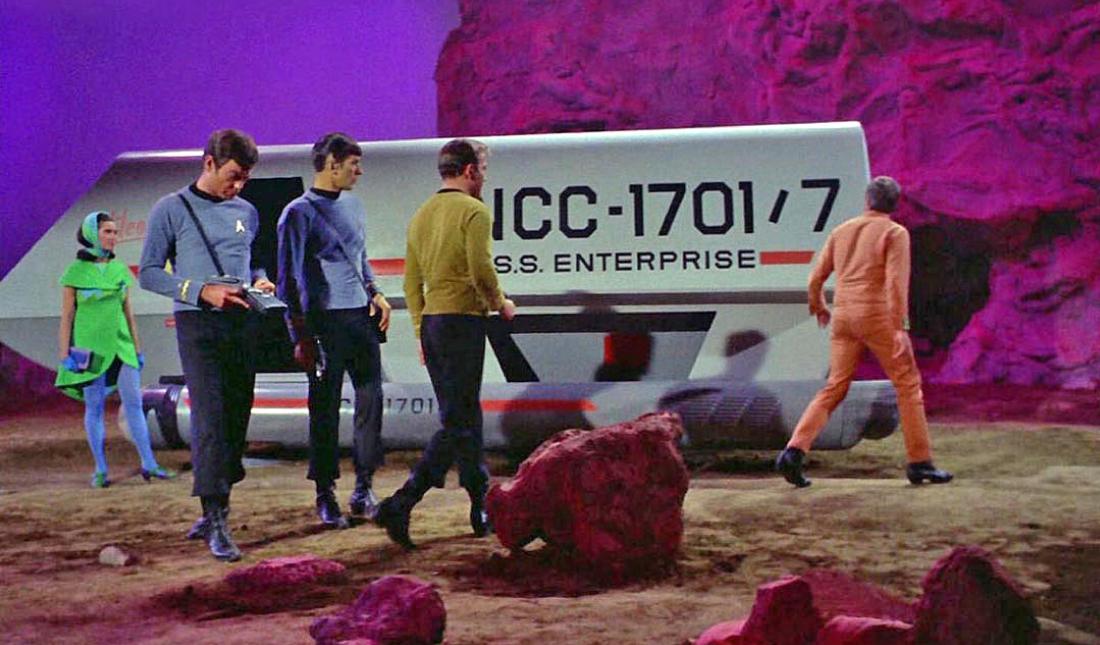 |
||
Star Trek episode "Metamorphosis." Leonard McCoy (DeForest Kelley), Spock (Leonard Nimoy), and Captain James T. Kirk (William Shatner) are stranded on a planetoid after a creature known as The Companion took control of the Galileo. Also on board was Federation Commisioner Nancy Hedford (Elinore Donahue). On the planetoid they found the inventor of the warp drive, Zephran Cochrane (Glenn Corbett), who is in the orange jumpsuit, excitedly checking out the beauty of the ship that came into being because of what he invented, |
||
 |
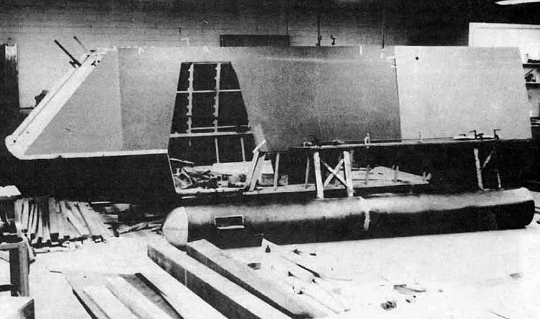 |
|||
Original construction photos of Galileo. The shuttle was designed and built by the legendary Gene Winfield. |
||
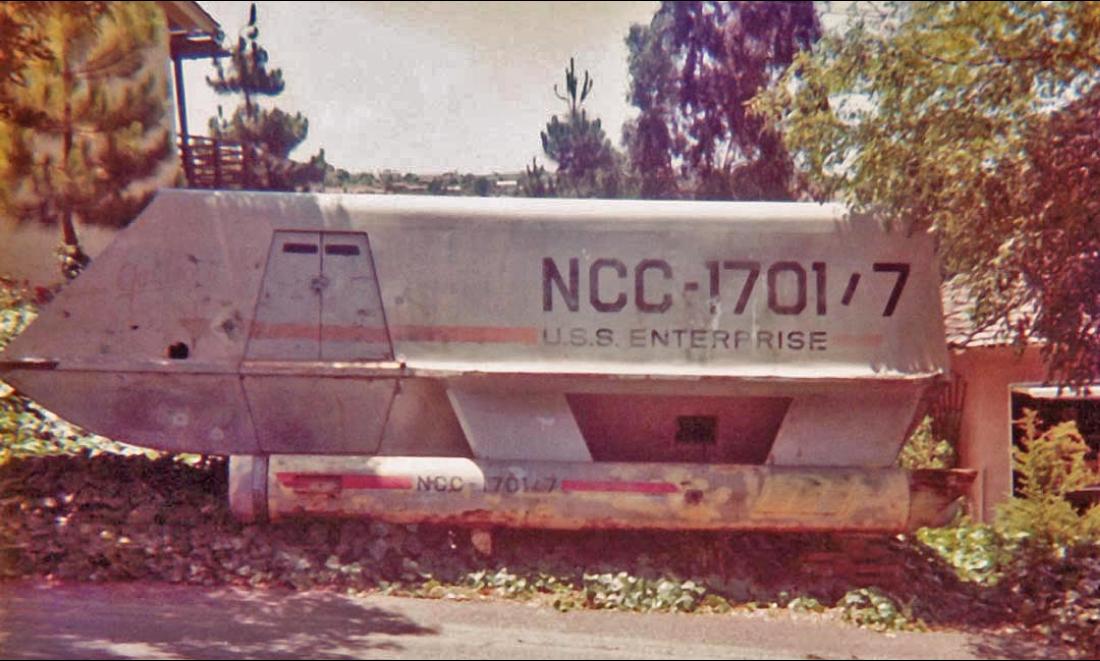 |
||
On 20 June 1975, this was the state of Galileo, as it resided in the Palos Verdes ivy, more than six years after the final Star Trek episode aired. |
||
 |
 |
|||
The forward fuselage and door on the left side. Note the brick hole below "Galileo II." |
The rear landing pad with ivy encroaching. |
|||
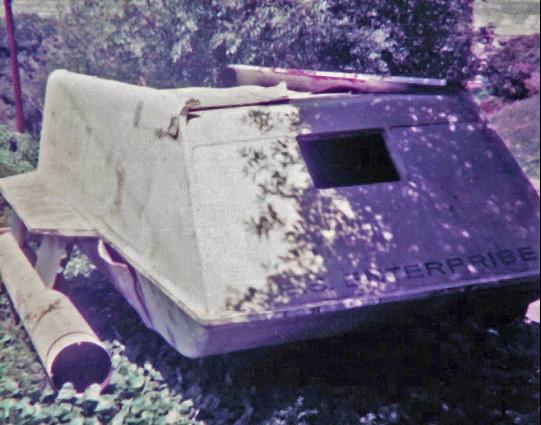 |
 |
|||
The right side was in worse shape, with plywood buckling. Note the center window. |
A 3/4 front view on the left side, almost looking like it landed on an alien world. |
|||
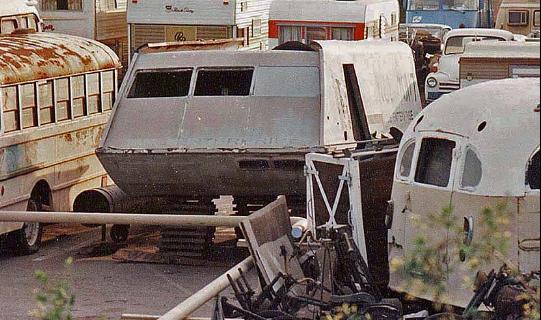 |
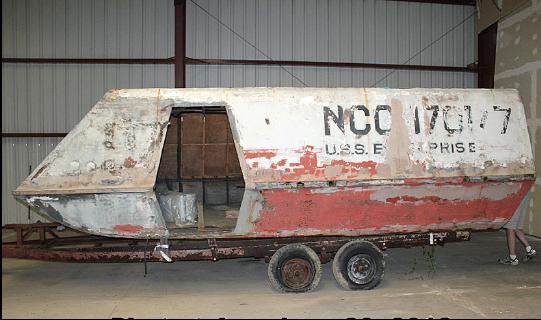 |
|||
Sitting in a storage yard in California on an indeterminate date. |
Galileo exactly 37 years to the day after I took my Palos Verdes photos. |
|||
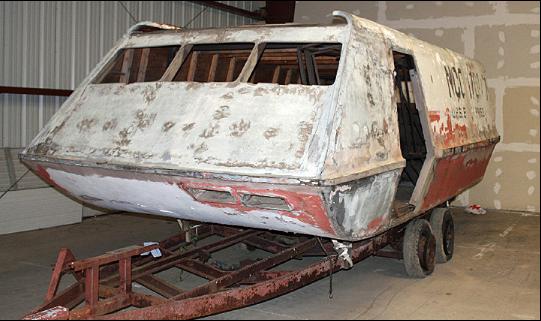 |
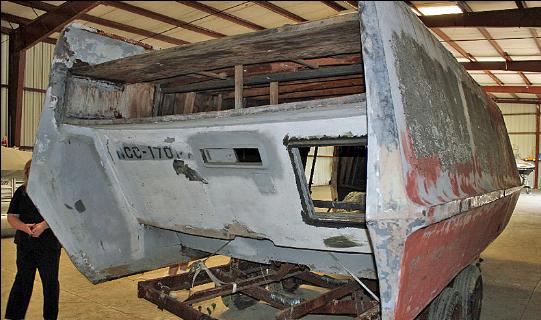 |
|||
The front of Galileo before final restoration. |
The rear of Galileo as it is prepared for final restoration. |
|||
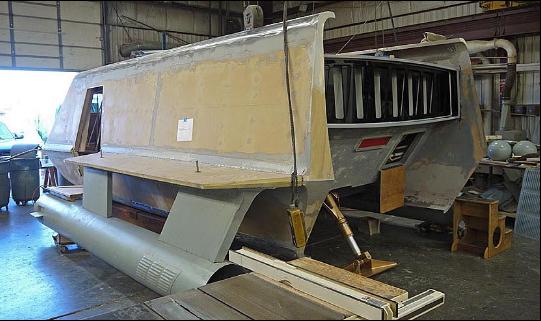 |
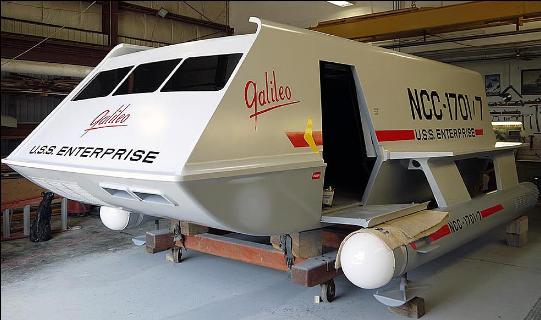 |
|||
Under restoration at Master Shipwrights. |
The completed restoration. |
|||
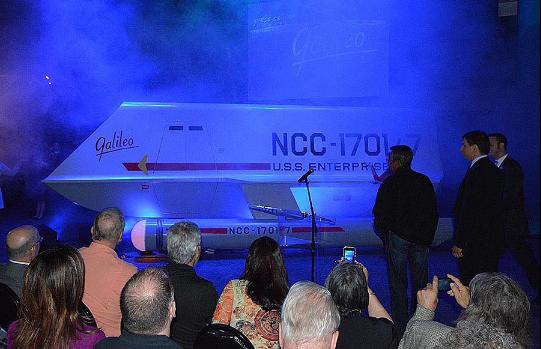 |
||||
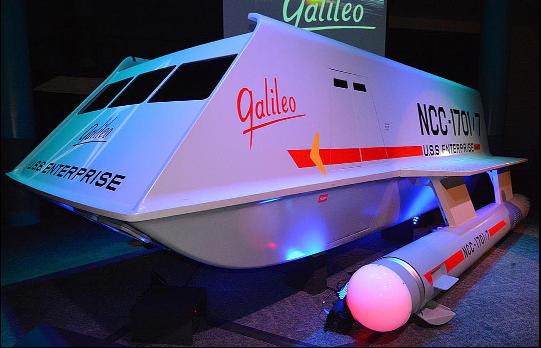 |
||||
Galileo is unveiled at Space Center Houston on 31 July 2013. |
As Galileo sits now for the public to enjoy. |
|||
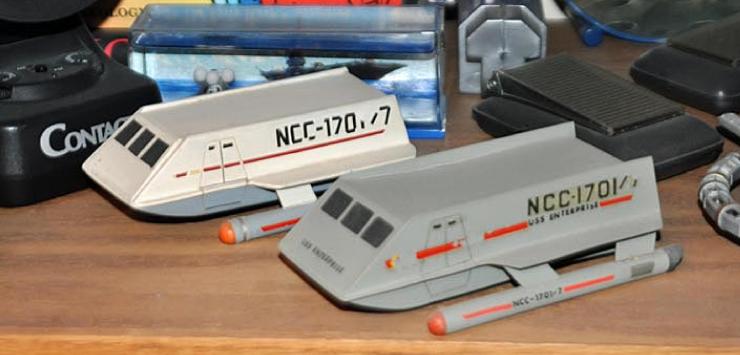 |
||
Two models of Galileo that I built many years ago, and both unfortunately show their age. The one in the back was created in my high school woodshop class, and is built from mahagony. The front version is from sheet plastic, and represents the Galileo II. |
||
— Phil Broad's Galileo Images — |
||
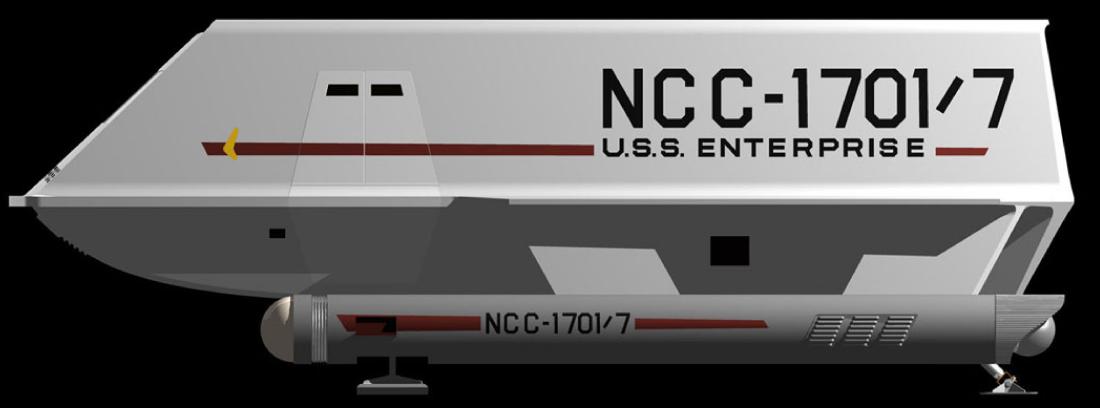 |
||
Left Side View |
||
 |
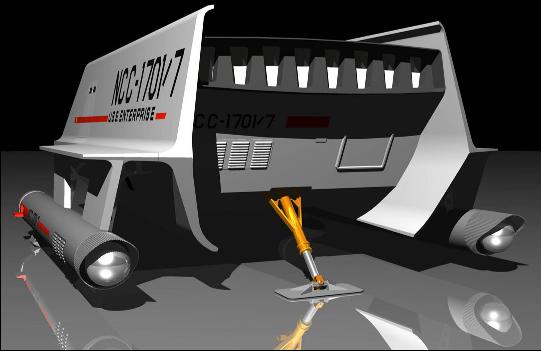 |
|||
3/4 Front Left Side View. |
3/4 Rear Left Side View. |
|||
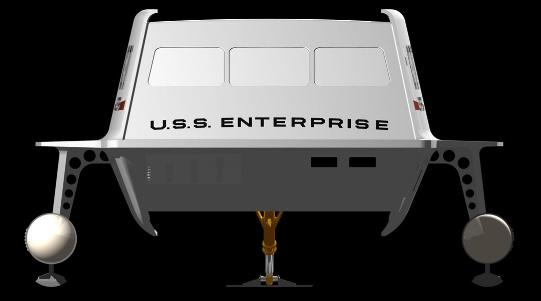 |
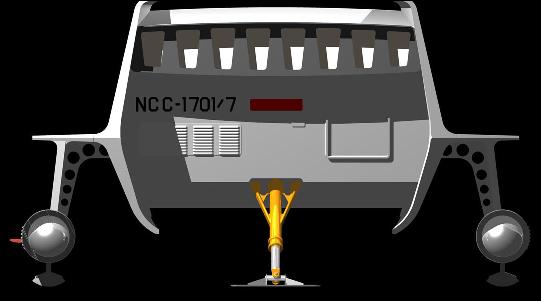 |
|||
Front View. |
Rear View. |
|||
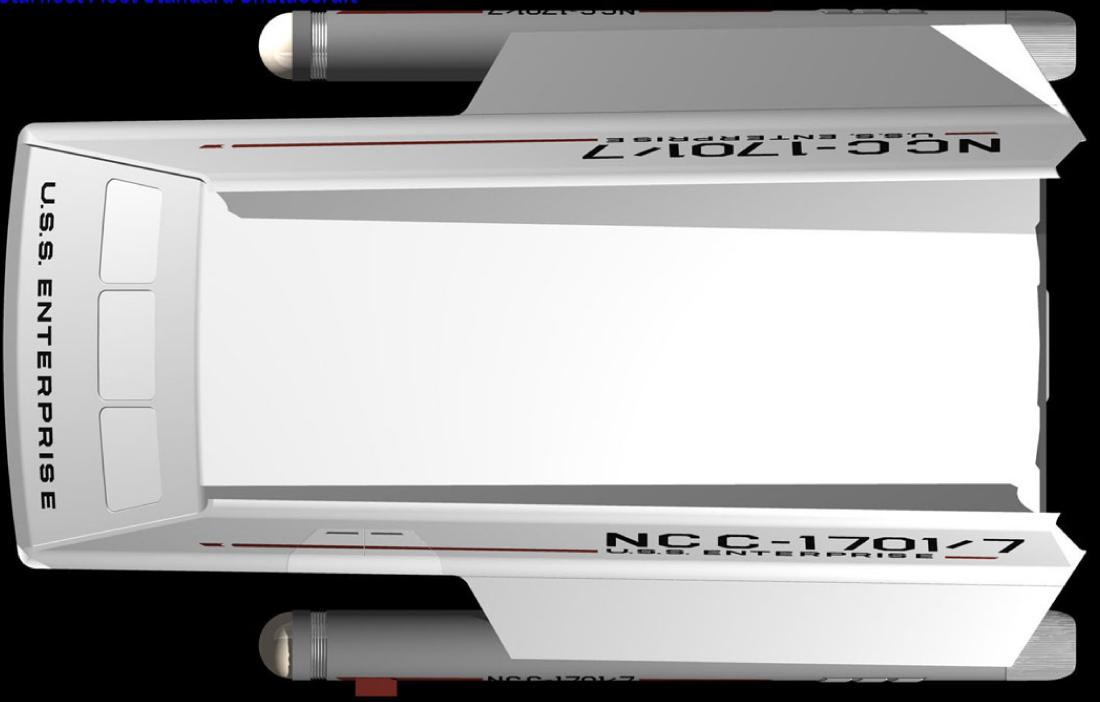 |
||
Top View. |
||
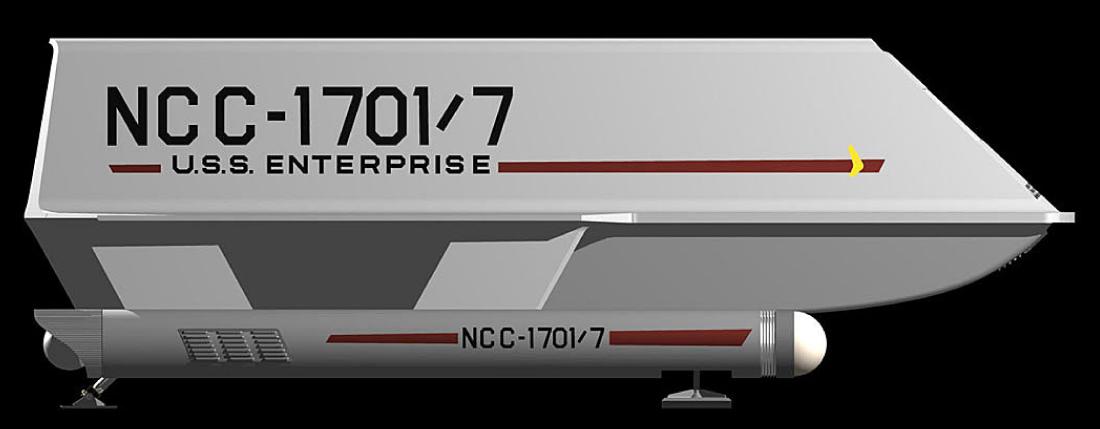 |
||
Right Side View. |
||